Web 3.0 vs Metaverse: The New Face of the Internet?
Introduction
The internet is evolving at an unprecedented pace, and two of the most talked-about technologies leading this transformation are Web 3.0 and the Metaverse. While both concepts are futuristic and technology-driven, they serve different purposes and operate on different principles. Understanding their differences and potential impact is crucial for businesses, developers, and internet users alike. This article provides a deep-dive comparison of Web 3.0 and the Metaverse, their key features, applications, and how they will shape the future of the internet.
What is Web 3.0?
Web 3.0, often referred to as the “Semantic Web,” represents the next phase of internet evolution. It is a decentralized, blockchain-powered web that focuses on enhancing data security, user privacy, and automation through artificial intelligence and machine learning.
Key Features of Web 3.0:
- Decentralization: Unlike Web 2.0, where data is stored in centralized servers, Web 3.0 relies on blockchain technology and decentralized networks.
- Blockchain and Smart Contracts: Transactions are transparent, secure, and automated using smart contracts.
- AI and Machine Learning Integration: Websites and applications leverage AI to provide personalized experiences.
- Tokenized Economy: Cryptocurrencies and NFTs are integral to Web 3.0, enabling new forms of digital ownership and transactions.
- User Control and Privacy: Users have more control over their data, reducing reliance on big tech companies.
What is the Metaverse?
The Metaverse is a virtual, immersive digital world that allows people to interact, work, play, and socialize using digital avatars. It integrates augmented reality (AR), virtual reality (VR), blockchain, and AI to create a shared, interactive environment.
Key Features of the Metaverse:
- Immersive Virtual Spaces: Users can explore 3D digital environments using VR headsets and AR devices.
- Digital Avatars and Virtual Identities: Personalized avatars represent users in the Metaverse.
- Blockchain-based Economy: Digital assets, virtual real estate, and cryptocurrencies power transactions.
- Decentralized and Interoperable Ecosystems: Various Metaverse platforms aim for interoperability, allowing assets and experiences to transfer between them.
- Social and Business Interactions: People can attend virtual meetings, concerts, gaming sessions, and even shopping experiences in the Metaverse.
Web 3.0 vs Metaverse: A Detailed Comparison
| Feature | Web 3.0 | Metaverse |
|---|---|---|
| Definition | The decentralized and AI-driven evolution of the internet | A virtual, interactive digital world that mimics real-world experiences |
| Core Technology | Blockchain, AI, and Semantic Web | VR, AR, Blockchain, and AI |
| Purpose | Enhancing data security, decentralization, and automation | Creating immersive virtual experiences and social interactions |
| Interactivity | Limited to decentralized applications (dApps) and AI-driven interactions | Fully immersive digital environments where users interact in real-time |
| Economy | Powered by cryptocurrencies, NFTs, and decentralized finance (DeFi) | Virtual economy with digital real estate, NFT assets, and cryptocurrencies |
| User Experience | Focuses on data ownership, privacy, and seamless decentralized interactions | Emphasizes visual immersion, social connectivity, and virtual presence |
| Adoption Stage | Emerging with growing blockchain applications | Early-stage development, mainly in gaming and social platforms |
| Key Players | Ethereum, Polkadot, Filecoin, Chainlink | Meta (formerly Facebook), Decentraland, The Sandbox, Microsoft |
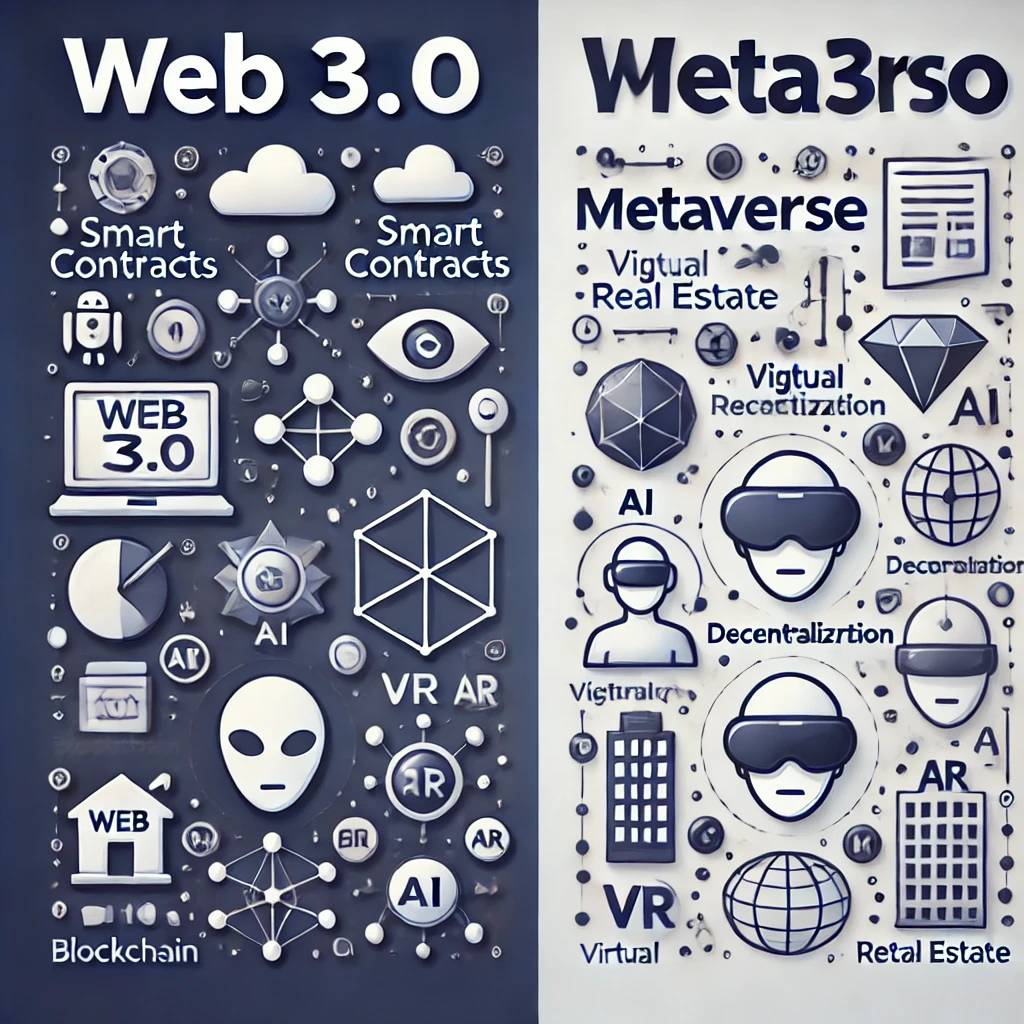
How Web 3.0 and the Metaverse Intersect
Although Web 3.0 and the Metaverse serve different purposes, they overlap in several ways:
- Blockchain Integration: Both Web 3.0 and the Metaverse use blockchain for security, decentralization, and digital ownership.
- NFTs and Digital Assets: Web 3.0 powers NFT ownership, while the Metaverse provides a space to use and trade these assets.
- Decentralized Economy: Cryptocurrencies and DeFi are central to both concepts, enabling seamless transactions.
- Enhanced AI and Automation: AI-driven interactions in Web 3.0 enhance automation, while the Metaverse uses AI to create realistic digital environments.
The Future of Web 3.0 and the Metaverse
Web 3.0’s Future Potential
- Decentralized Social Media: Platforms free from centralized control, prioritizing privacy.
- Improved AI-driven Services: Smarter web services with predictive capabilities.
- Data Sovereignty: Users regain control over their personal information and digital assets.
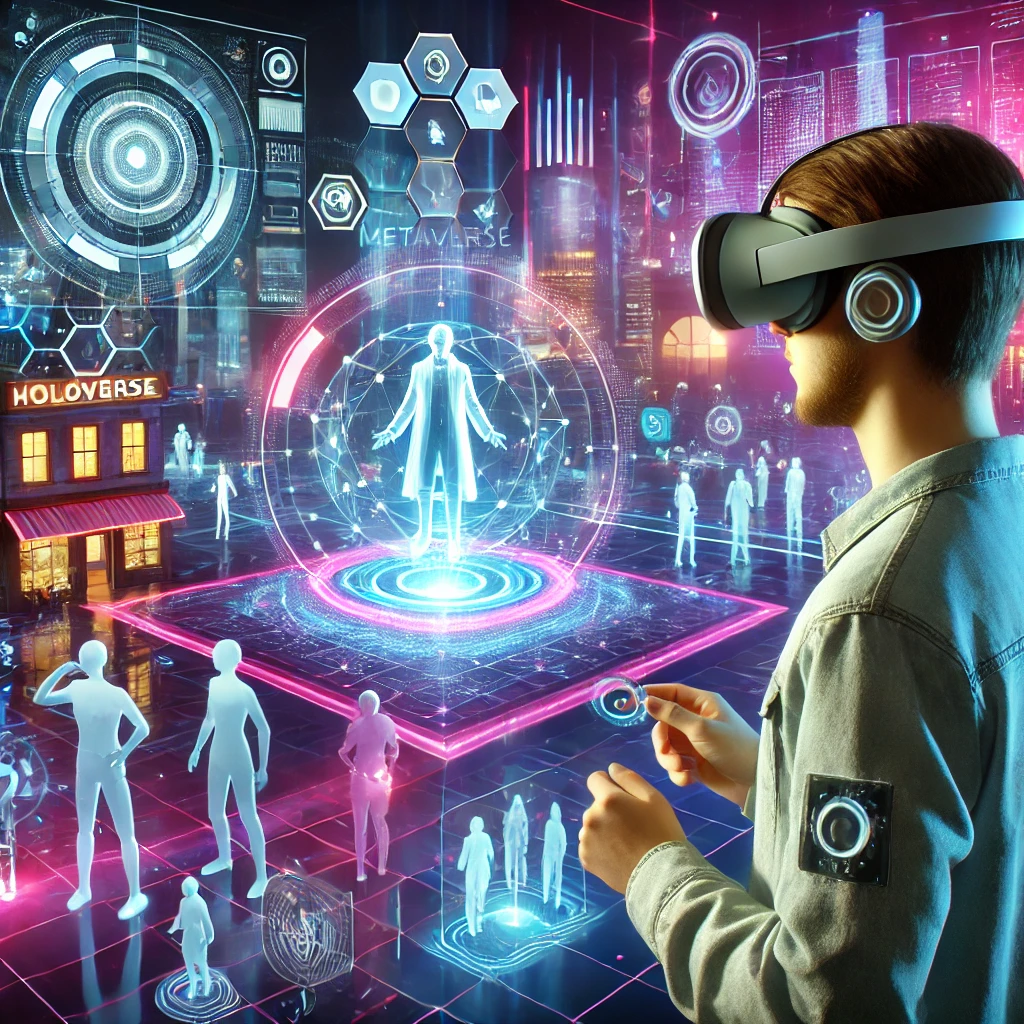
The Metaverse’s Future Potential
- Virtual Workspaces and Offices: A new era of remote work with immersive office spaces.
- Virtual Real Estate Boom: Increased investment in digital land and assets.
- Education and Training: Advanced e-learning experiences with VR-based simulations.
Conclusion
Web 3.0 and the Metaverse are two distinct but interconnected concepts shaping the future of the internet. Web 3.0 focuses on decentralization, user control, and AI-driven automation, while the Metaverse aims to create immersive digital experiences. Understanding their differences and synergies can help businesses and individuals navigate the evolving digital landscape effectively.
As both technologies continue to develop, they will likely redefine how we interact, transact, and experience the digital world. Whether it’s securing personal data with Web 3.0 or engaging in virtual experiences in the Metaverse, the future of the internet promises a new level of innovation and transformation.
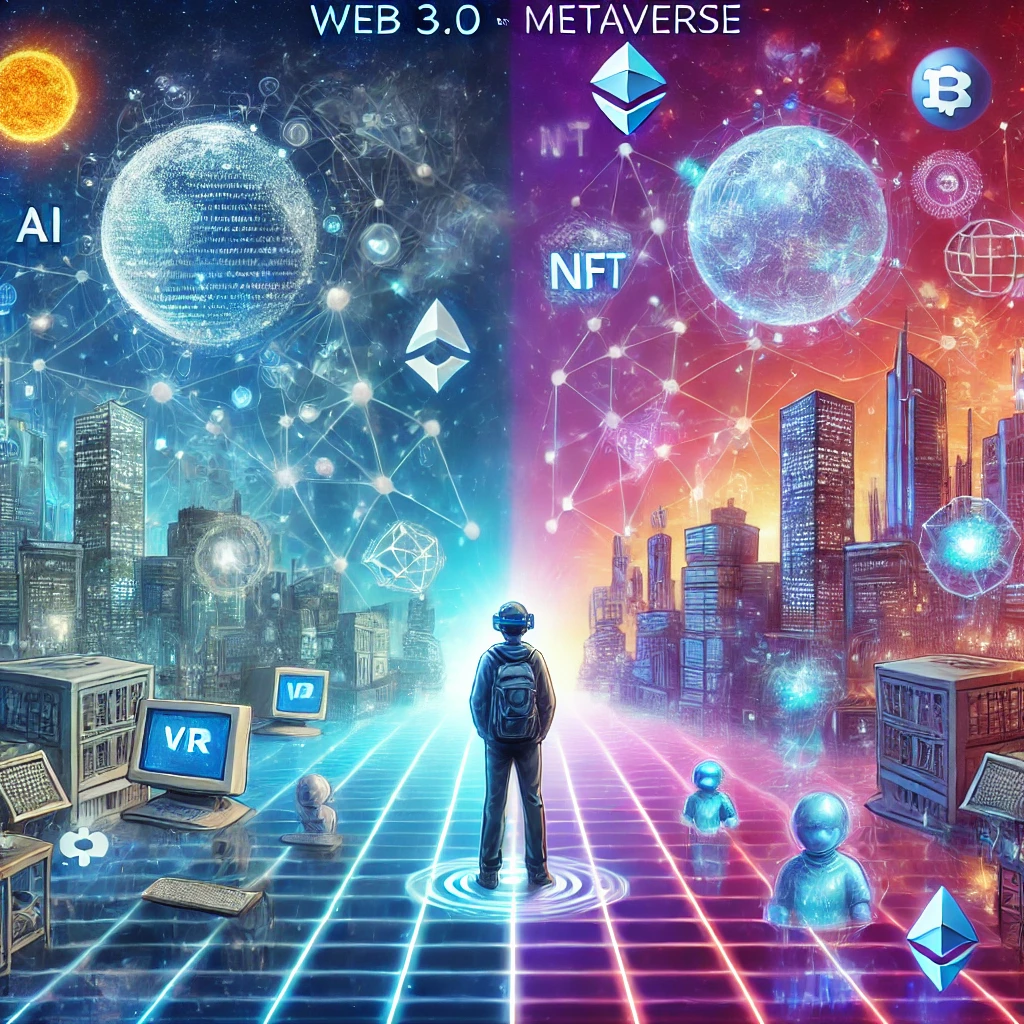
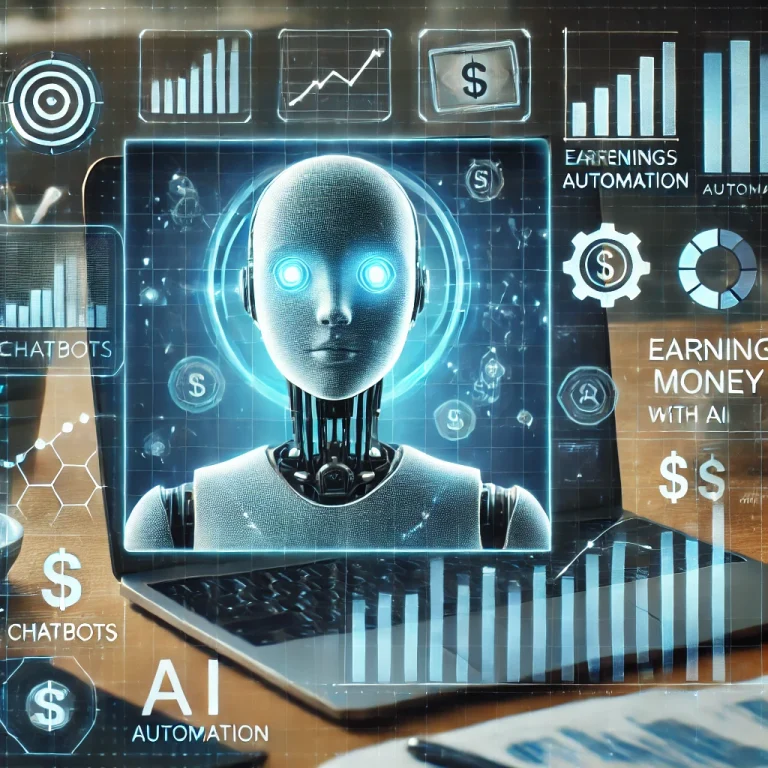
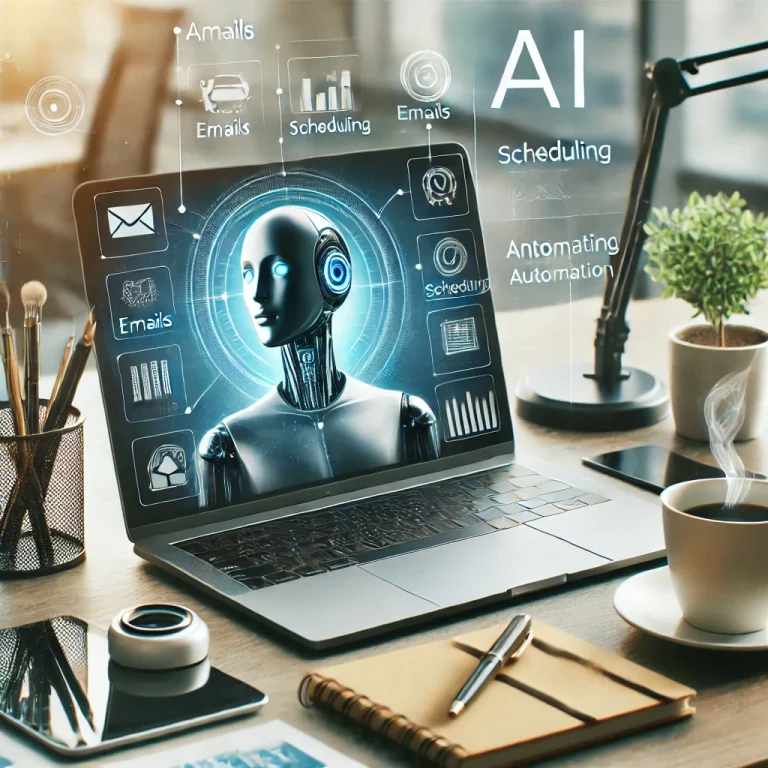
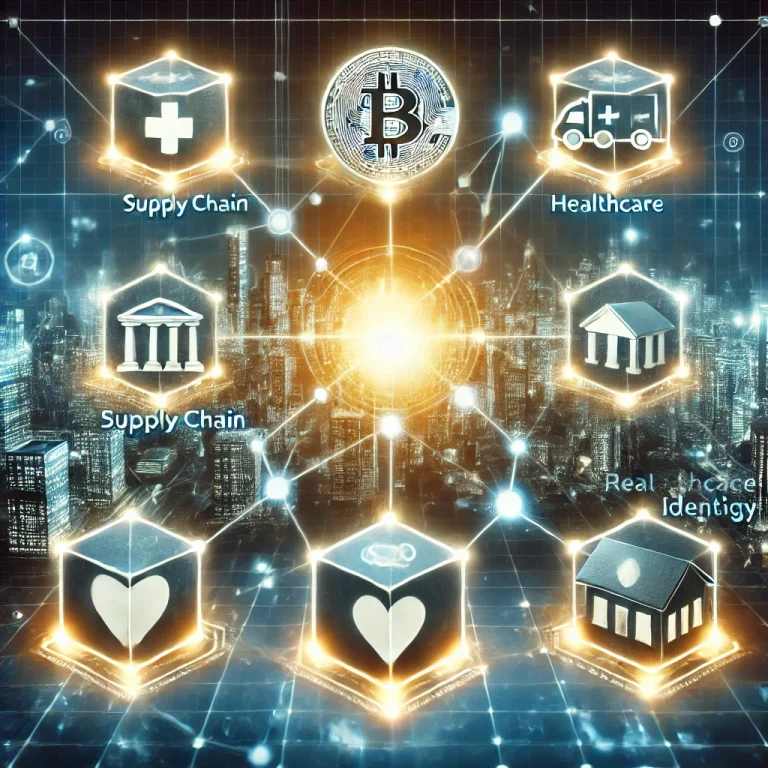
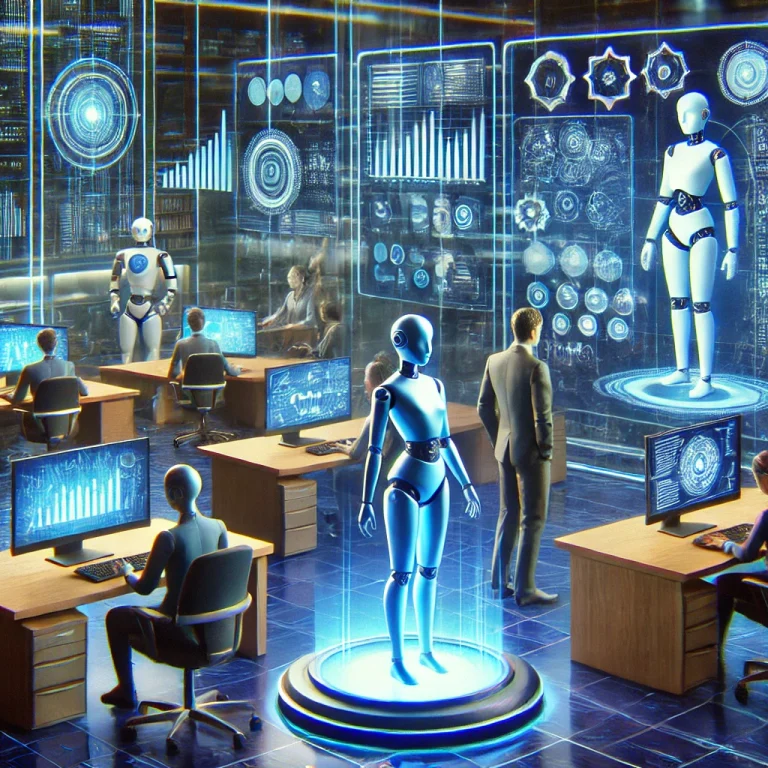
I was suggested this website by my cousin.
I am not sure whether this post is written by him as nobody else know
such detailed about my problem. You are amazing! Thanks!